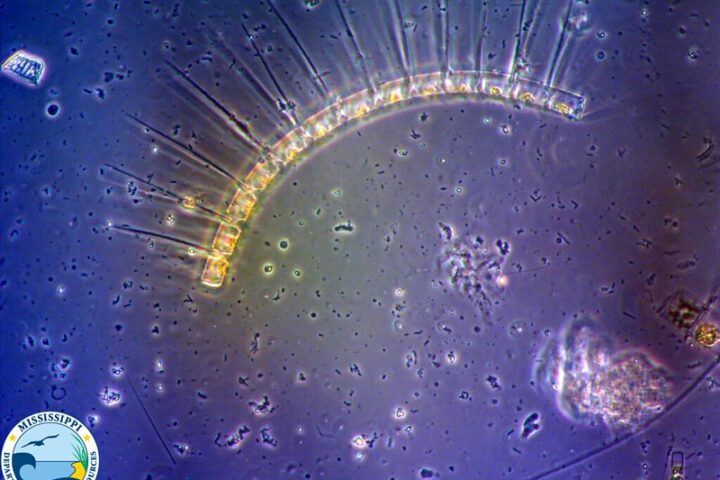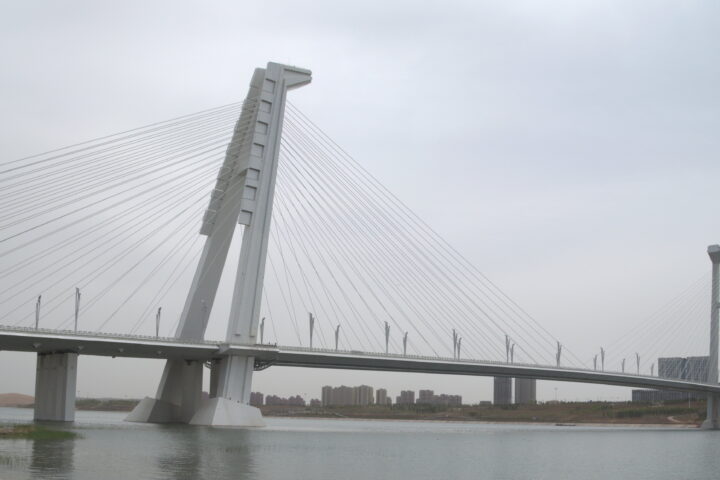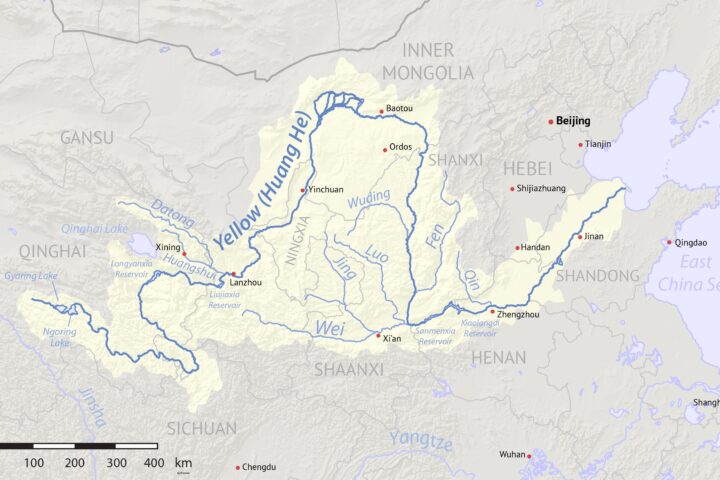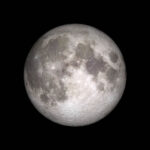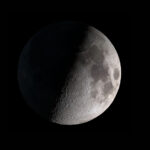Source: pexels-attila-soo-401529308-14893216
Introduction
The cosmos, often perceived as a serene and pristine environment, harbors a silent and insidious threat to our technological marvels orbiting Earth: space dust. These minuscule particles, remnants of comets, asteroids, and planetary formation, pose a significant challenge to the longevity and functionality of satellites. With their immense speed and kinetic energy, these seemingly innocuous particles can inflict substantial damage, jeopardizing critical missions and services that underpin our modern world.
Understanding Space Dust
Space dust, also referred to as micrometeoroids or interplanetary dust particles (IDPs), comprises a diverse range of materials, including silicates, metals, and organic compounds. These particles vary in size, from a few micrometers to several millimeters. While they may appear insignificant, their impact on spacecraft can be catastrophic.
The origin of space dust is multifaceted. A substantial portion originates from comets, which release a trail of debris as they traverse the solar system. Asteroids, through collisions and weathering, also contribute to the space dust population. Moreover, planetary processes, such as erosion and volcanic activity, can eject particles into space, adding to the cosmic dust cloud.
Cosmic Particles: More Than Just Dust
Space dust, a term that evokes images of gentle stardust, is a misleading moniker. These particles are remnants of comets, asteroids, and even the formation of our solar system. Composed of a mix of silicates, metals, and organic compounds, they vary in size from microscopic grains to tiny pebbles. While they may seem harmless, their velocity is anything but.
Traveling at speeds of several kilometers per second, these particles pack a punch far greater than their size suggests. Think of them as microscopic bullets, each capable of inflicting damage on a spacecraft. It’s a bit like a swarm of angry bees attacking a jumbo jet, except the bees are invisible and moving at hypersonic speeds.
The Menace of High Velocity Impact
The true danger of space dust lies in its velocity. As these particles hurtle through space at astonishing speeds, often exceeding several kilometers per second, their kinetic energy is magnified exponentially upon impact. When a space dust particle collides with a satellite, the force generated is akin to a high-speed bullet striking a target.
The consequences of such impacts are far-reaching. Even tiny particles can cause erosion of satellite surfaces, degrading protective coatings and compromising the spacecraft’s thermal control system. Solar panels, crucial for power generation, are particularly vulnerable. The impact of space dust can lead to cell damage, reduced efficiency, and, in severe cases, complete panel failure.
Moreover, the impact can generate debris, creating a cascade effect. Secondary particles produced by the initial collision can further damage the satellite, increasing the risk of critical system failures.
Research and Mitigation Strategies
Recognizing the growing threat posed by space dust, scientists and engineers have intensified their efforts to understand and mitigate its impact. Numerous research initiatives have been undertaken to study the properties, distribution, and behavior of space dust in the near-Earth environment.
NASA’s Stardust mission, launched in 1999, was a groundbreaking endeavor to collect and return samples of cometary and interstellar dust. The mission provided invaluable data on the composition and characteristics of these particles, enhancing our understanding of their potential hazards.
To protect satellites, various mitigation strategies have been explored. One approach involves the development of advanced materials with enhanced resistance to impact. Researchers are investigating the use of composite materials, nanotechnology, and self-healing coatings to bolster satellite durability.
Another strategy focuses on spacecraft design. By incorporating redundant systems and modular components, engineers can enhance satellite resilience to damage caused by space dust. Additionally, active debris removal technologies are being developed to clear the orbital environment of larger debris, which can also pose a threat to spacecraft.
The Economic Implications
The impact of space dust on the satellite industry extends beyond the realm of science and technology. The increasing reliance on satellites for communication, navigation, weather forecasting, and Earth observation has elevated their economic importance.
Satellite failures due to space dust can result in significant financial losses for satellite operators and service providers. Moreover, the disruption of critical satellite services can have far-reaching consequences for various sectors, including telecommunications, transportation, and agriculture.
The Toll on Technology
Satellites, those workhorses of the modern world, are particularly vulnerable. Their exposed surfaces are constant targets for these cosmic kamikazes. Solar panels, essential for powering spacecraft, are especially susceptible. A single impact can damage solar cells, reducing their efficiency and, in severe cases, causing entire panels to fail.
But the damage doesn’t stop there. Space dust can erode protective coatings, leaving satellites exposed to the harsh environment of space. This can lead to a cascade of problems, including thermal control issues, degradation of optical instruments, and even the accumulation of static charge.
Defending Our Orbital Infrastructure
Scientists and engineers are working tirelessly to develop strategies to protect our satellite fleet. One approach is to design spacecraft with enhanced durability. This includes using materials resistant to impact, incorporating redundant systems, and developing self-healing technologies.
Another promising avenue is the development of advanced shielding materials. Imagine a spacecraft wrapped in a protective cocoon capable of absorbing the impact of space dust particles. While this sounds like science fiction, researchers are making significant strides in this area.
But prevention isn’t the only focus. Scientists are also studying ways to remove space debris, including larger particles that can pose a collision risk. This includes developing robotic systems capable of capturing and removing debris from orbit.
A Persistent Challenge
The problem of space dust is far from a solved enigma. As our reliance on space-based infrastructure deepens, so too does our vulnerability to this cosmic assailant. It’s a relentless battle against the invisible forces of the universe, where tiny particles with immense kinetic energy pose a constant threat to our technological marvels in orbit.
Research conducted by NASA and other space agencies has underscored the severity of this issue. Studies have shown that even minuscule particles can inflict significant damage to spacecraft components, from eroding protective coatings to piercing solar panels. The cumulative effect of these impacts over time can lead to catastrophic failures, jeopardizing critical missions and services.
However, the challenges posed by space dust also serve as a catalyst for innovation and technological advancement. Just as humanity has overcome countless obstacles in our pursuit of knowledge and exploration, so too can we conquer this one. By viewing space dust not as an adversary, but as a formidable opponent that demands our ingenuity, we can unlock new frontiers in materials science, spacecraft design, and orbital debris mitigation.
For instance, the development of advanced composite materials with enhanced impact resistance, inspired by the need to protect satellites from space dust, has applications far beyond space exploration. These materials could revolutionize fields such as aerospace, automotive, and even civil engineering. Additionally, the pursuit of active debris removal technologies, essential for addressing the growing problem of space junk, can also contribute to mitigating the risks posed by space dust.
In essence, the challenge of space dust is a microcosm of the human spirit’s ability to overcome adversity through ingenuity and perseverance. It is a testament to our capacity to adapt, innovate, and explore the unknown. By embracing this challenge, we not only protect our invaluable space-based assets but also propel ourselves towards a future where the boundaries of human achievement are expanded ever further.
Sources:
- https://m.economictimes.com/space-dust-responsible-for-failing-satellites/articleshow/18716268.cms
- https://cosmosmagazine.com/science/physics/satellite-electrical-damage-linked-to-space-dust/
- https://www.scientificamerican.com/podcast/episode/the-sneaky-danger-of-space-dust/
- https://en.wikipedia.org/wiki/Cosmic_dust


